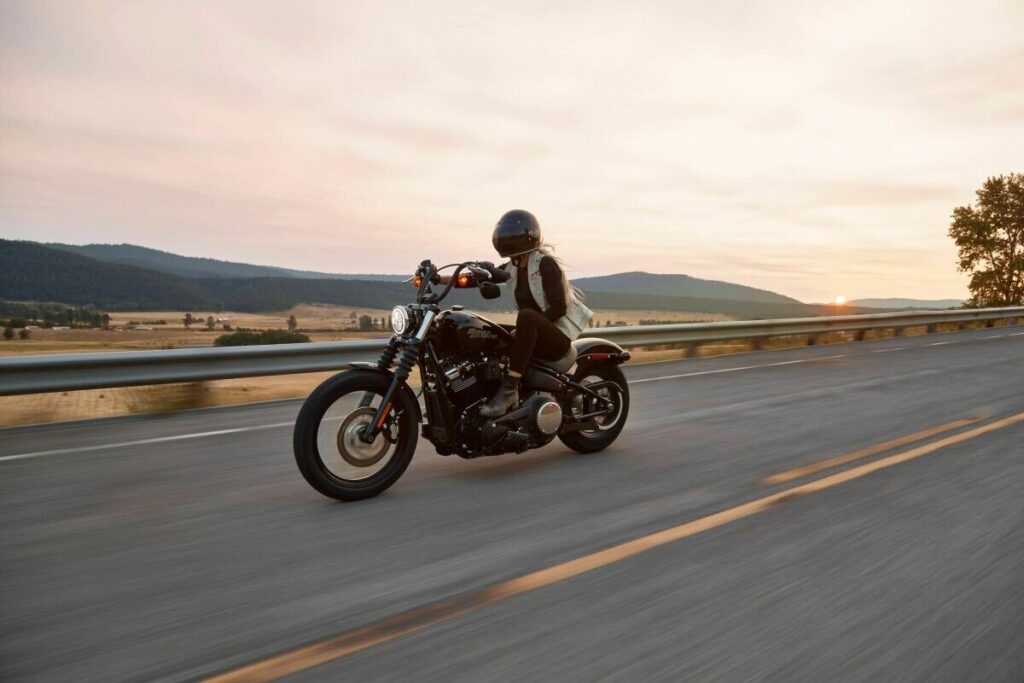
Motorcycle Safety For New Riders
With today’s higher fuel costs, some turn to motorcycles or scooters as fuel-friendly alternatives for their commute and daily travels. Fuel savings aside, two-wheeled travel brings a sense of freedom that can’t be duplicated in cars or SUVs. But that freedom comes with responsibility for your own safety as well. Motorcycles don’t have crumple zones or exterior shells to protect the driver, and busy modern roadways can be unfriendly to riders.
With a bit of forward thinking and an investment in your riding knowledge, you can reduce risks to your bike, your own safety, and the safety of others.
Enroll in a motorcycle safety course. A safety course not only teaches the finer points of riding but also discusses what-if scenarios, giving you guidance you can draw upon when you encounter unexpected road events.
Know the weather. You can buy rain suits, and bikes with a fairing can help redirect rain around you when moving. But getting caught in the rain on a bike is still a less-than-ideal situation. It can also be more dangerous as visibility falls and roadways get slippery. Check the weather forecast before you head out. It may make sense to put off your trip some trips until the weather takes a turn for the better.
Invest in the right gear. Most areas require motorcyclists to wear helmets, but guidance often stops there. Even when not required, helmets can protect your head. Look for a helmet certified for a higher level of impact. For example, while many areas in the US require DOT-certified helmets, many riders opt for Snell-certified helmets that offer more protection. Also, consider wearing leather or heavy denim when riding. In a fall, protective clothing can safeguard your skin or help reduce the severity of injuries.
Do a pre-trip inspection. Check the cables, tires, and chain before heading out. Also, give the brakes a test before pulling out of your driveway. Invest some time in learning basic maintenance or find a trusted mechanic to keep your bike in safe operating condition.
Ride defensively. Bikes share the road with cars and trucks, often driven by people who have never ridden a motorcycle. Other drivers on the road may not see you or respect your space. Give yourself some room for error on the roadways, minding your speed, spacing, and following distance.
Talk to your agent or broker regarding your insurance needs. Motorcycles use a different type of policy that’s similar to an auto policy but different in enough ways that you’ll want to review your coverage options.